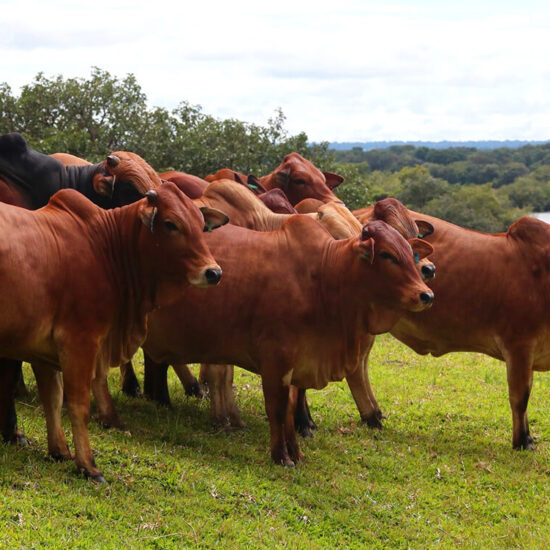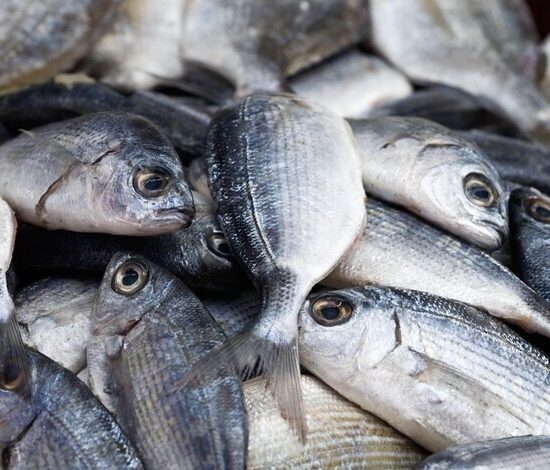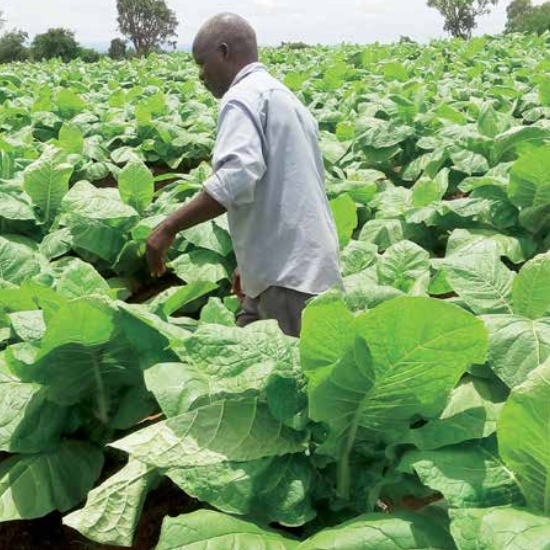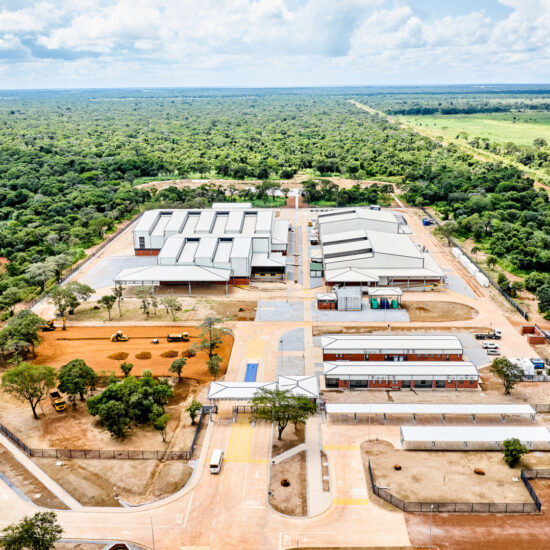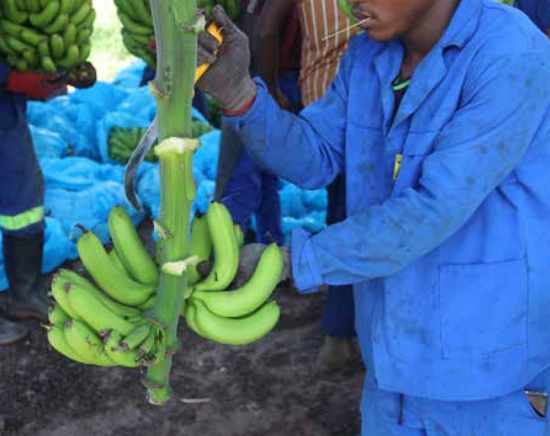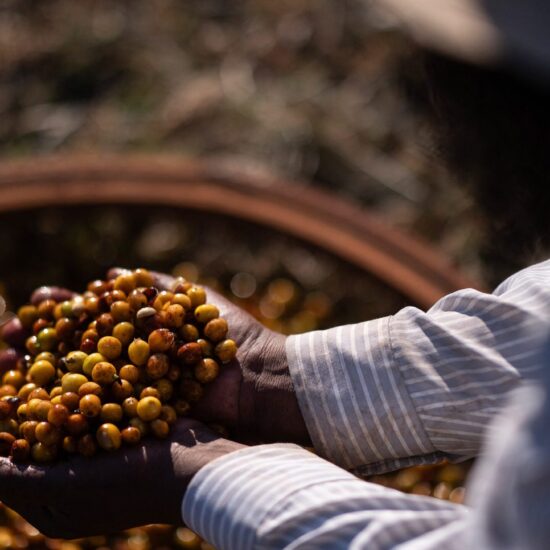
The Cashew nut revival project which will cover about 60,000 ha will be producing an estimated 46,400 tonnes of raw cashew nuts which will generate about K420 million (about USD 30 million) per annum at its full operational point, which is from 10th year onward, with the first crop expected five years from planting date.
The project may be viewed as a step forward from a poverty reduction point of view, but not so attractive from a wealth creation point of view. According to the details in the African Development Bank – AfDB project financing brief, at full maturity (that is, from the 6th year after planting), each household with a new 1ha-plantation (crop budget) will be making a humble income of about K6,000 (USD 429) per year before labour and input costs. This translates to K500 per month for each household.
It is this prospect of an income average K500 per month or K6,000 per annum from 1 hactare of cashew nut which may have discouraged the urban based folks from trekking to the western province to take positions and aggressively take part in the cultivation of cashew nut trees to be ready for harvest in five years time.
However, Zambia’s President Edgar Lungu challenged the people of western province to drive the cashew nut industry and leverage the US$55.4 million funds invested into the region to revamp production. The Zambian head of state stated that promoting Cashew production is one of the effective measures for supporting alternative livelihoods and climate change adaptation.
He said cashew nut is tolerant to adverse weather conditions and is a high value cash crop, which can become a money-spinner for western province. The president said Western province of Zambia comprises about 168,000 agricultural households out of which about 81% are maize growers and expressed confidence that cashew nut production will transform the lives of many farmers in the region.
President Lungu said the global projection indicates that by the year 2025, raw cashew production global market will be valued at US$10 billion. He added that world cashew industry produces over 3.5 million metric tonnes of raw cashew nut; and more than half of this quantity is produced by African countries such as Ivory Coast, Benin, Tanzania, Nigeria and Mozambique.
He has since urged the provincial administration, working with the ministry of agriculture, and the traditional leadership including, the people of western province to take the cashew project seriously because the country needs to make a return on the US$55.4 million loan from the African Development bank invested in the cashew nut industry in the western province.
President Lungu said government has invested US$55.4 million in western province, specifically to promote cashew nut production through the cashew nut infrastructure development project and envisages that this will make Zambia become a major player in the global cashew industry.
The head of state was speaking during the launch of the cashew nut planting exercise at Simulumbe Research Station in Mongu and pledged his government’s commitment to supporting and improving the cashew nut production.
He however expressed disappointment that cashew nut production in Zambia is currently far from being impressive and noted with displeasure that the country is currently producing only about 850 metric tonnes per annum, and only has about 1.7 million cashew trees. President Lungu has since directed the Ministry of agriculture to ensure that innovative extension services delivery is made accessible to farmers in western province and countrywide.
Neighboring country to the north east – Tanzania’s total cashew nut sales on the international market dropped 63% to US$196.5 million in 2019, compared with US$529.6 million in the 2017 confirmed by Minister for Finance Phillip Mpango during his 2019/2020 budget presentation. He stated that exports fell to 120,200 tonnes from 329,400 tonnes in 2017 despite the price per tonne on the international market having increased by 1.7% from $1,607.7 to $1,634.2 in the one-year.
Zambia’s south-eastern neighbor Mozambique, reforms introduced since 2000 are reviving the crop, which in 2019 was expected to produce about 140,000 tons, with a market or export value of US$230 million. In the 1970s, Mozambique was on a par with behemoths such as India, reaching record crops of 200,000 tons production per year.
From the above comparative numbers, it would need households or cashew farmers to increase the hectarage so that incomes can be maximized. The current 1 hactare per household should be treated as a starting point with the relevant cashew growers to plan to at least grow their hectarage to at least 10 hactares to move from subsistence farming to farming as a business and for Zambia to grow this export line to at least half a billion dollars.


